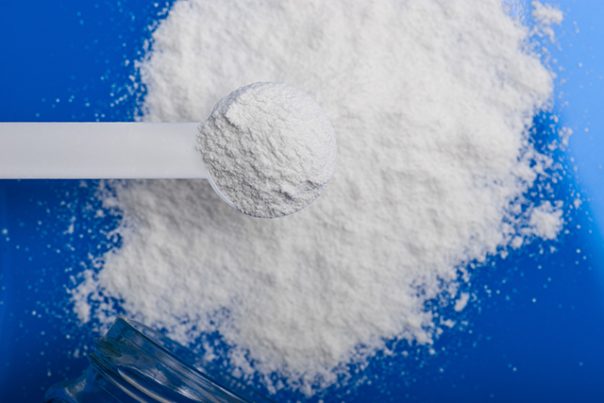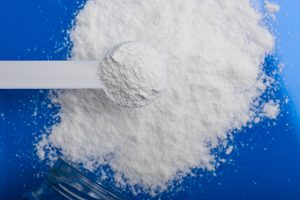
Propylparaben sources, health risks
Tuesday, October 10, 2017 by Earl Garcia
http://www.naturalpedia.com/propylparaben-sources-health-risks.html

Propylparaben is the propyl ester form of the man-made preservative chemical paraben. The toxic chemical appears as a white crystalline powder and is commonly used in the cosmetics, pharmaceutical, and food industries. Propylparaben is synthetically manufactured for use in cosmetic products such as shampoo, lotions, and moisturizers, shaving creams, and tanning products. The chemical is a highly effective preservative that is typically used in many water-based cosmetics, according to an article published on the World of Chemicals website. Propylparaben use is also touted as a cost-efficient method in protecting various products against microorganisms for longer periods.

Harmful effects that can be caused by propylparaben
Propylparaben is a widely regarded endocrine disruptor, a Live Strong article noted. The toxic chemical is known to negatively impact key endocrine functions, especially with the glandular activity and hormone production. According to the article, the harmful preservative is also associated with the onset of developmental and learning disorders among infants and children. Ingesting the hazardous compound may lead to central nervous system depression too. Propylparaben is tied to immune system dysfunction and reproductive disorders in younger patients as well.
Propylparaben is shown to contain pseudo-estrogen effects as well, which in turn raises the odds of developing certain types of cancer. A 2004 study has revealed that the harmful chemical acts like estrogen and increases the risk of estrogen-positive breast cancer. The researchers examined 20 different samples of human breast tumors and found traces of propylparaben in each sample. The results demonstrate that the chemical may seep from the outer skin into the underlying tissue, the experts have stated.
The harmful cosmetic ingredient is also found to be detrimental to male reproductive health. Previous studies have shown that propylparaben absorption stemming from use of commercial products may result in lower sperm count and testosterone levels in men. Likewise, past studies have demonstrated that the toxic compound possesses strong spermicidal activity that effectively kills sperm cells.
An article posted on the AZ Central website adds that propylparaben inhalation may impact both the mucous membranes and upper respiratory tract. The article noted that symptoms of chemical exposure include coughing and sneezing. Propylparaben inhalation is also found to trigger the onset of allergic reactions such as itching and bronchospasm.
The website entry further discussed that the cosmetic preservative may impact eye health as well. According to the article, propylparaben contamination may lead to painful sensation, blinking and tearing. In addition, a separate article posted on the Food Sweeteners website noted that propylparaben ingestion is associated with the onset of various gastrointestinal conditions such as throat irritation, nausea and vomiting as well as upset stomach, intestinal cramps, and diarrhea.
Body systems harmed by propylparaben
Propylparaben is notoriously implicated in endocrine system dysfunction. Likewise, the harmful cosmetic ingredient is shown to negatively affect both the male and female reproductive health. The toxic preservative is also found to impact the central nervous system, the respiratory tract and the digestive profile. Propylparaben exposure is linked to adverse skin and eye conditions as well.
Where to learn more
- The Dangers of Sunless Tanning
- Deodorants Linked to Breast Cancer & Heart Failure
- How Your Daily Makeup Routine Ages Your Skin and Poisons Your Body
- Lexapro ingredients exposed: You won’t believe what this drug is really made of
- Is your personal lubricant safe?
Summary
Propylparaben causes endocrine dysfunction and various neurological conditions.
Propylparaben triggers breast cancer in women and fertility issues in men.
Propylparaben raises the odds of respiratory tract infections and digestive disorders.
Propylparaben is found to increase the risk of eye and skin conditions.
Propylparaben negatively impacts both the endocrine and central nervous systems.
Propylparaben affects the respiratory tract, digestive system, the eyes and skin.
Propylparaben is detrimental to both male and female reproductive health.
Sources include:
Tagged Under: Tags: Propylparaben





